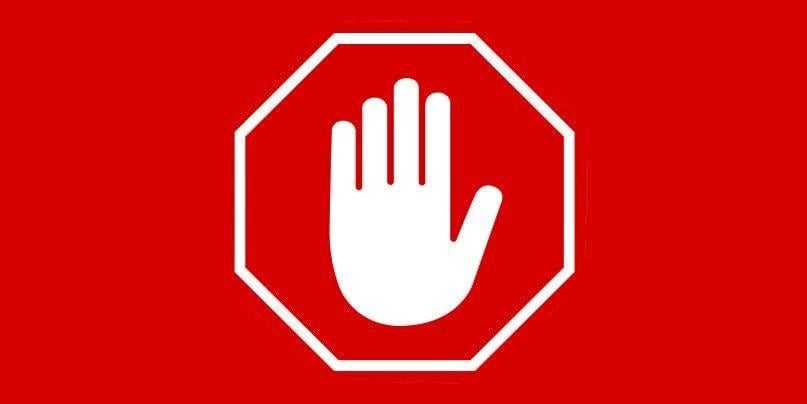

The rise of ad blocking brought with it a new game of cat and mouse between ad-blocker providers blocking ads and publishers stepping up efforts to circumvent the blocks. In 2017, three other media owners - RTL Interactive, broadcaster ProSiebenSat.1 and daily newspaper Süddeutsche Zeitung - had their lawsuits against Eyeo overturned. In 2015, publishers Die Zeit and Handelsblatt lost their court cases against Eyeo, and in 2016, Der Spiegel saw its own case overturned. However, the Supreme Court later overturned this stating that it was legal to pay for whitelists. So far, they’ve all been dismissed by the Supreme Court.Īxel Springer won a partial victory in 2016 when a court ruled it shouldn’t have to pay for whitelisting. More than seven lawsuits have been brought against the company by media owners from 2015 to 2019. These cases typically take years to end and will likely cost both companies millions of Euros in lawyer fees. The story of Germany publishers taking ABP to court is a long one, and it’s only going to get longer. Ultimately, the 30% can be negotiable, according to publisher sources. Typically ABP’s fee is a 30% cut of whatever inventory is blocked. The theory is that if they can manage to block more inventory, they can ask for more fees. As a result, the ad-blocker firm has begun to more aggressively block pre-roll inventory by hacking into the video players on major publisher sites, or other native ad spots, according to publisher sources. The explosion of mobile ad blocking predicted by some firms in 2017 doesn’t seem to have materialized, in Germany at least.īut in Germany, there are suspicions among publishers that this plateauing of ad-blocking rates is a cause of concern for ABP’s bottom line. The average publisher loses roughly £630,000 ($819,000) in annual revenue, the trade body estimated. The AOP calculated that at nearly £14 million ($18 million) in revenue lost due to blocked impressions. In the U.K., the Association of Online Publishers released data last summer to show that across 14 of its members, 30% of ad impressions on desktop were blocked compared to 31.7% in 2016.

Across Europe, rates tend to fall between 20% and 25% - far lower than the 30% average reported mid-2016, but still a significant chunk of revenue. Last September, eMarketer published a report that showed Germany to have the highest ad-block rates, at 21.4% on desktop, followed by France at 15.4% and the U.K.


 0 kommentar(er)
0 kommentar(er)
